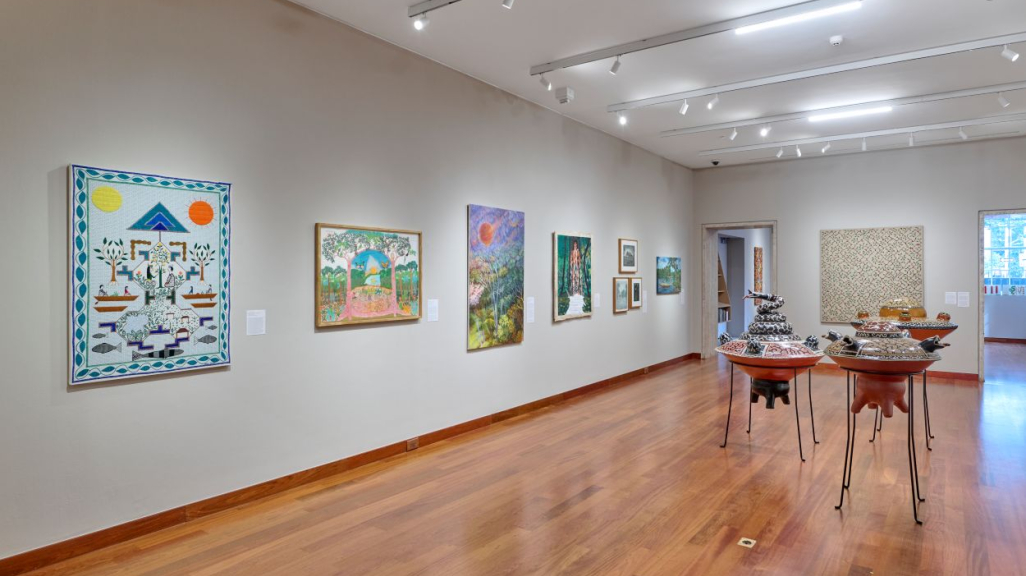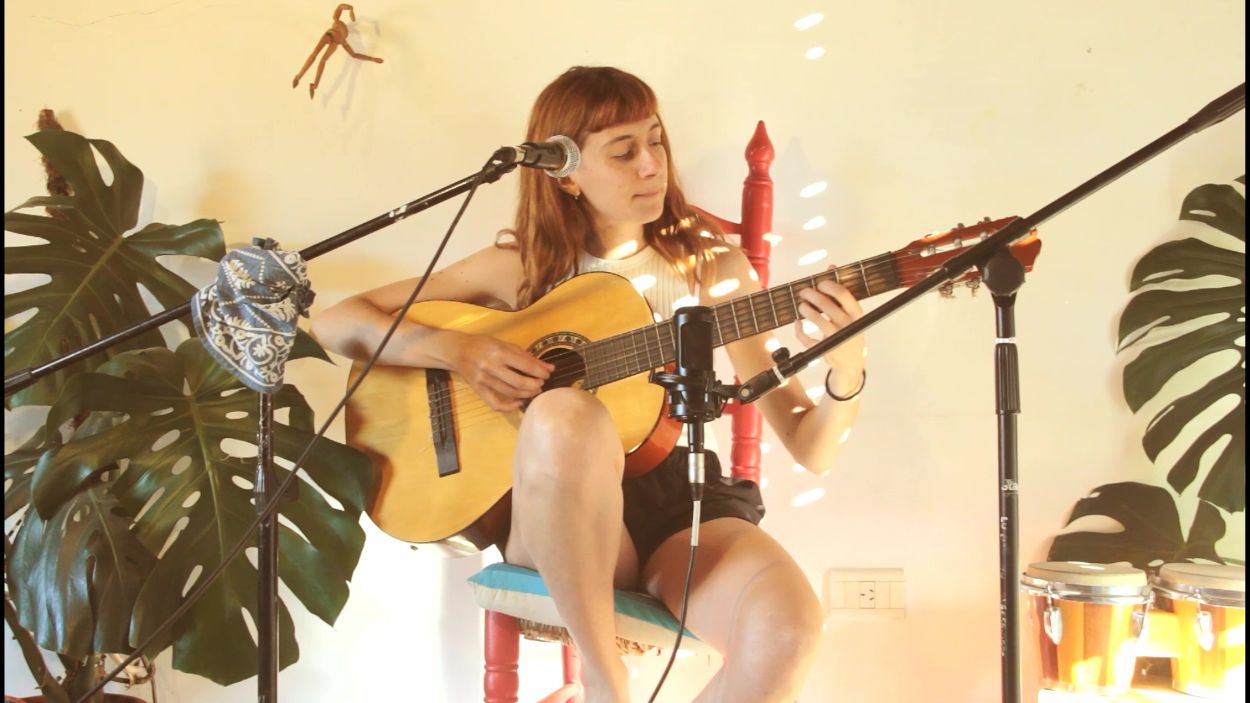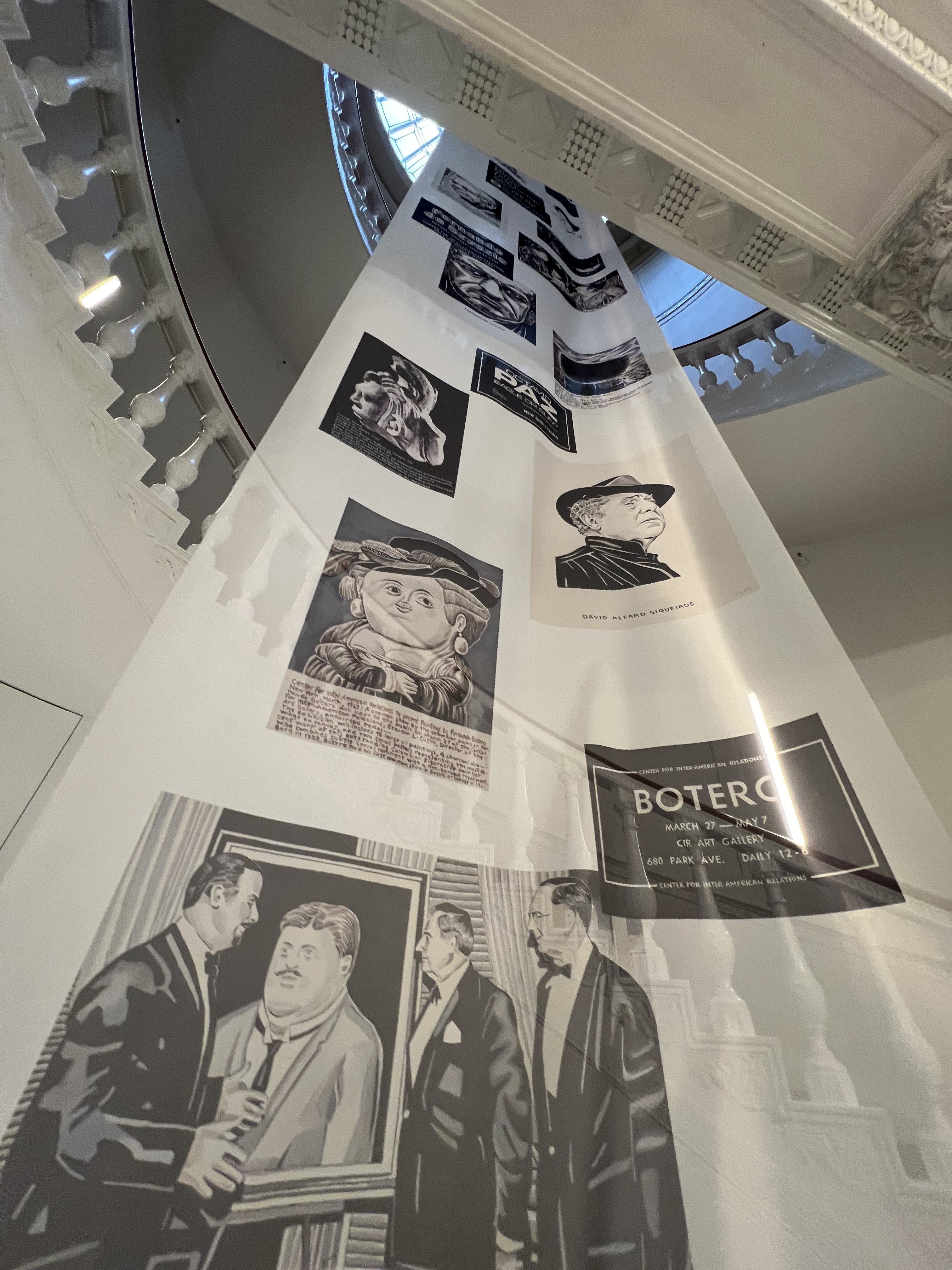4Columns Reviews Americas Society's Exhibition on the Amazon
4Columns Reviews Americas Society's Exhibition on the Amazon
"An ambitious survey of contemporary practices," says the website. "Amazonia Açu is as beautiful as it is polite and diplomatic."
An ambitious survey of contemporary practices contained in three compact galleries at the Americas Society, Amazonia Açu is as beautiful as it is polite and diplomatic. Each of its ten curators, led by Brazilian curatorial advisor Keyna Eleison, represents one of the nation-states and territories that encompass the Amazon River’s enormous basin—Bolivia, Brazil, Colombia, Ecuador, French Guiana, Guyana, Peru, Suriname, and Venezuela. As they assert in the exhibition guide, the show aims to manifest the plurality, complexity, and excessiveness of Amazonia against “the flattening colonial gaze” or “the frozen image of an untouched forest.” This overspilling of the region is encapsulated in the titular word “açu,” a Tupi-Guaraní term meaning something “large,” “immense,” or perhaps “ever-expanding.” As a result, viewers get a little bit of everything and anything here, both in terms of the wild array of media and their deployment, as well as the divergent backgrounds of the thirty-four artists/collectives presented in the show.
There is stunning intricate basketry; there are poignant ceramics, including painted baked-clay receptacles, small but richly characterized effigies of supai (forest spirits) and other mythical characters, and massive Flying Vessels that propel Indigenous designs onto Sputnik-like containers (in these traditional earthenware jars, both representational and abstract sculptural elements call forth ancient and contemporary legends, such as those of unidentified aerial phenomena). There are sensuous wood carvings, evocative bronze sculptures, and inventive, sometimes humorous, fusions of man-made and found natural materials. There is a mixed-media collage on raffia canvas, reappropriating archival and ethnographic imagery. There are two videos: a forest-sited recording of poetry in Guaraní and a lavish, high-production-value music film whose soundtrack permeates the exhibition space with a hypnotic slow beat invoking Manman Dilo, the incarnation of the mythical merwoman Mami Wata (Mother Water) in Guiana’s Creole culture. There are diverse weavings and textiles. Paintings and drawings showcase a similarly wide spectrum, both in terms of materials and pictorial approaches. (Four black-and-white, documentary-style photographs from Guyanese Darrell A. Carpenay’s expedition to Mount Roraima on the border of Guyana, Brazil, and Venezuela seem to stand apart, as they bring in the common, historically charged tool of an external observer, even if a sympathetic one.)









